As we move through 2025, many Americans are closely watching their bank accounts for Social Security payments. One of the most important programs under the Social Security Administration (SSA) is RSDI, which stands for Retirement, Survivors, and Disability Insurance. These monthly payments are a financial lifeline for millions of people—including retirees, people with disabilities, and families of deceased workers.
What Are RSDI Payments?
RSDI is a key part of the Social Security system in the United States. It offers financial help to people in three major situations:
- Retirement – For people aged 62 or older who have worked and paid into Social Security.
- Survivors – For family members of workers who have passed away.
- Disability – For those who can’t work due to a serious medical condition that meets SSA rules.
These payments are funded by Social Security taxes taken from your paycheck under the Federal Insurance Contributions Act (FICA).
In 2025, the average RSDI benefit is around $1,837 per month, but this can be higher or lower depending on your work history, income, and when you start collecting benefits.
Who Will Receive the March 26, 2025 Payment?
The final RSDI payment for March will go out on Wednesday, March 26, 2025. This payment is for people who:
- Were born between the 21st and 31st of any month
- Started receiving Social Security after May 1997
This group receives their checks on the fourth Wednesday of each month, and most people will get it through Direct Deposit, which is the fastest method. If you’re still getting paper checks, it may take a few extra days to arrive in the mail.
April 2025 RSDI Payment Schedule
If you’re looking ahead to April, here are the official SSA payment dates:
- April 3 (Thursday): For those who started receiving benefits before May 1997
- April 10 (Thursday): For birthdates from 1st–10th
- April 17 (Thursday): For birthdates from 11th–20th
- April 24 (Thursday): For birthdates from 21st–31st
These payment dates follow a clear pattern based on your birthdate and when you began receiving Social Security. Keeping track of this schedule helps you plan your monthly expenses better.
Why Everyone Doesn’t Get the Same Amount
Not all RSDI recipients receive the same payment. Here’s why amounts vary:
- Work History: The SSA uses your 35 highest-earning years to calculate your benefit.
- When You Start Benefits: Taking benefits early (at 62) lowers your monthly amount, while waiting until 70 increases it.
- Disability Status: Payments for people with disabilities depend on how recently they worked and how much they earned.
- Survivor Status: Payments for survivors are based on the earnings of the deceased and their relationship to the survivor.
You can check your expected payment using the SSA Benefits Calculator or by logging in to your My Social Security Account online.
How to Make Sure You Receive Payments on Time
To avoid delays and make sure you always get your payment on time, follow these simple steps:
1. Use Direct Deposit
This is the safest and fastest way to receive your RSDI check. Go to SSA.gov to update your bank details.
2. Keep Your Info Updated
Make sure the SSA has your correct address, phone number, and bank account information.
3. Track Payments Online
Use your My SSA Account to see upcoming payments, review past deposits, and get notifications.
4. Report Delays Promptly
If your payment hasn’t arrived after 3 business days, call the SSA at 1-800-772-1213 or visit your local Social Security office.

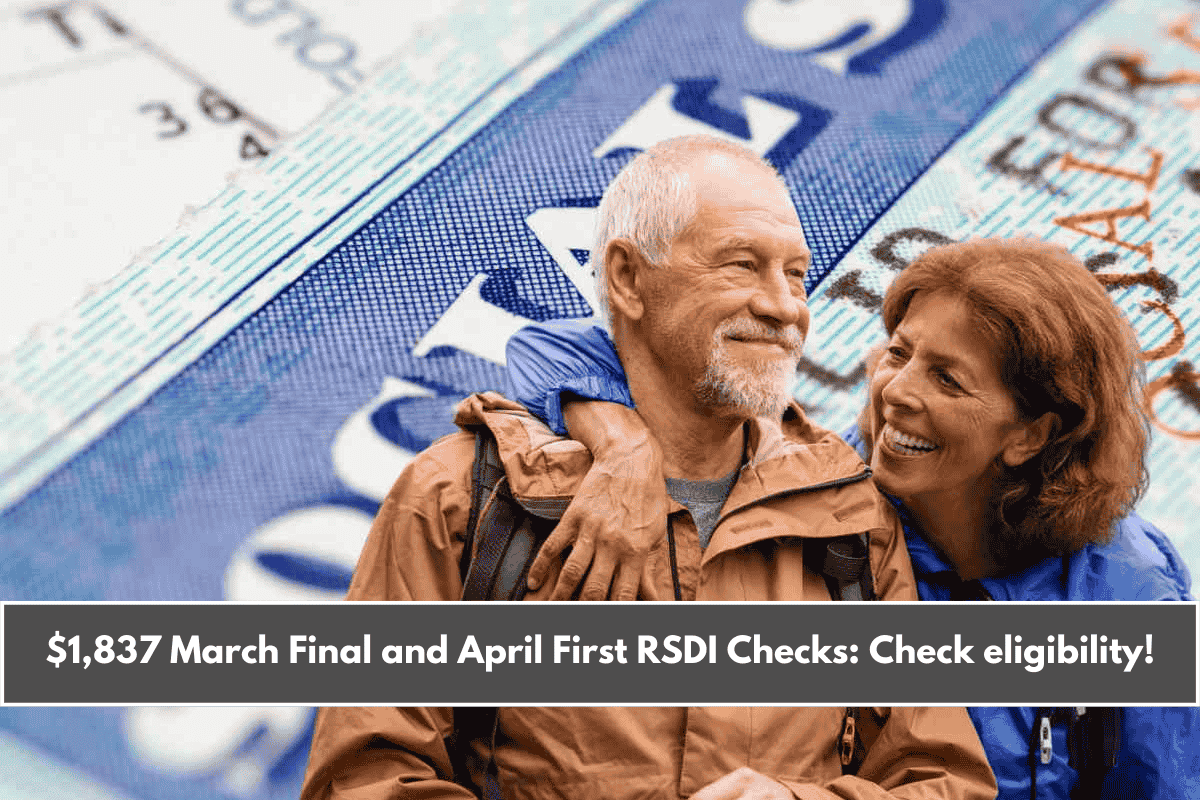
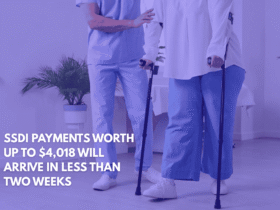




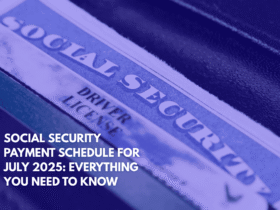
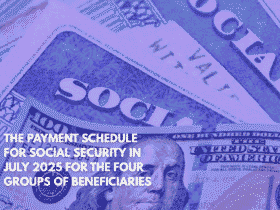
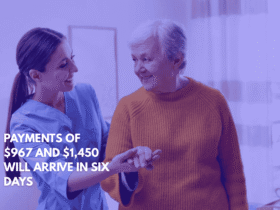
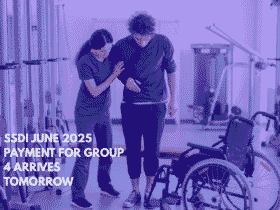
Leave a Reply